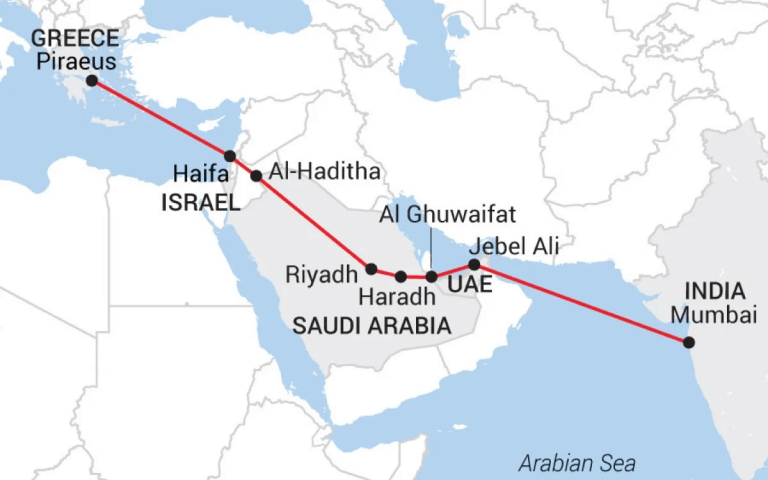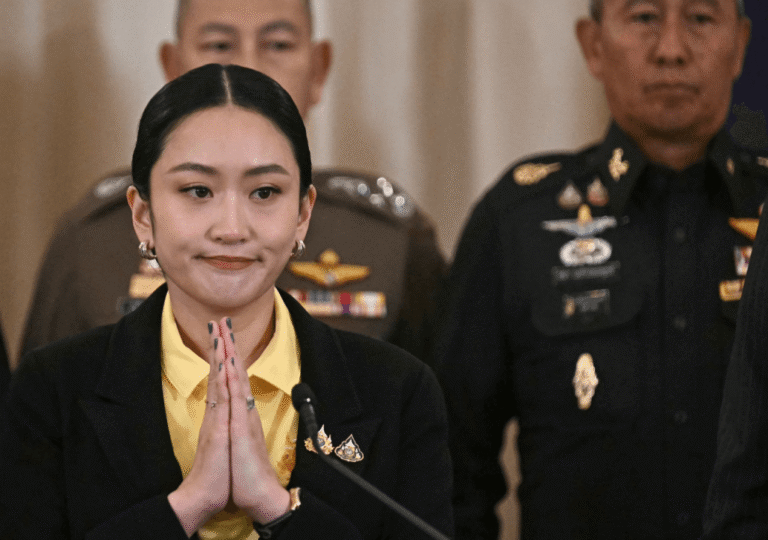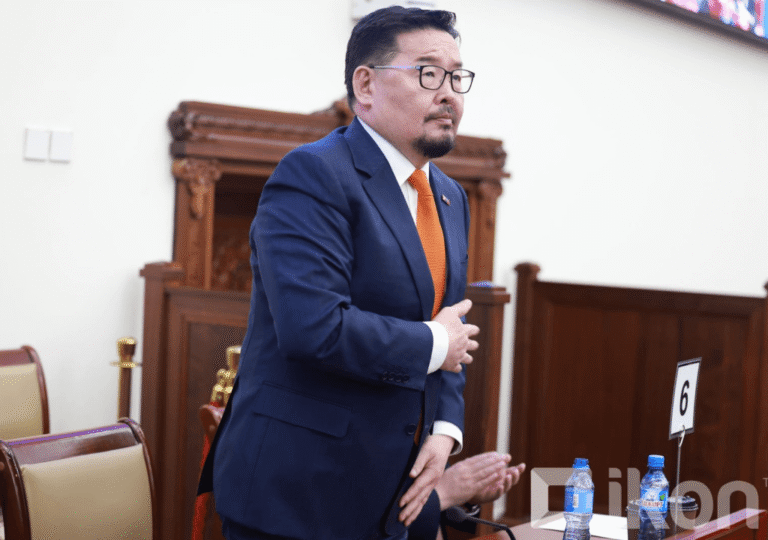In a momentous diplomatic development, India and the United Arab Emirates have formalized a groundbreaking agreement, establishing a trade corridor strategically linking Europe and India through the Middle East via sea and rail routes. This calculated bypass aims to navigate away from Chinese funding, mitigate pirate threats, and avoid the Suez Canal rush. Unveiled during Prime Minister Narendra Modi’s visit to the Gulf states, this ambitious initiative carries the endorsement of both the United States and the European Union.
The Indian foreign ministry issued a statement detailing the framework agreement, although specific terms remained notably scarce. Emphasizing that this endeavor not only builds upon existing understandings and collaboration but also seeks to deepen cooperation between India and the UAE for the enhancement of regional connectivity. Initially introduced in September, on the sidelines of the G20 summit in New Delhi, the corridor’s expansive scope stretches from India, crossing the Arabian Sea to the UAE, and further extending through Saudi Arabia, Jordan, and Israel before ultimately reaching Europe.
The narrative of the India-Middle East Economic Corridor unfolds against the backdrop of a persistent four-month conflict in Gaza, introducing disruptions to U.S.-backed initiatives that seek to deepen integration between Israel and its Arab neighbors. In response to the ongoing regional unrest, Saudi Arabia, a pivotal player, has opted to suspend normalization plans. Notably, inquiries seeking clarification on the specifics of the agreement from the UAE foreign ministry have remained unanswered.
During their meeting, characterized by Indian Prime Minister Modi as a fraternal relationship, both he and UAE President Sheikh Mohamed bin Zayed al Nahyan expressed optimism despite the formidable challenges in the region.

In heralding the establishment of a contemporary trade route, this initiative elegantly resurrects historical pathways once traversed by ancient civilizations – the Romans, Greeks, Venetians, Arabs, and Indians. These routes, integral for centuries, regrettably fell into neglect following the opening of the Cape route and the Suez Canal. According to reports, the modern project unfolds with the development of cutting-edge ports, railways, and special economic zones. The unveiling of this initiative took place on the grand stage of the G20 summit in India, where President Biden’s plan not only secured the support of the United States but also garnered backing from the European Union, France, Italy, and Germany.
The proposed plan outlines two distinctive routes – an east corridor linking India to the Gulf Arab states and a northern corridor connecting the Gulf states to Europe. Beyond showcasing the United States’ adeptness in rallying its Middle East allies against China’s ascendancy, this ambitious project also underscores the Gulf states’ intricate balancing act between long standing allies like the U.S. and emerging partners like China, all within the framework of an evolving global order. Analysts discern this strategic move as a direct challenge to China’s Belt and Road Initiative (BRI), a monumental infrastructure project launched by Beijing a decade ago to forge global connectivity. Intriguingly, three of the nations involved in the new corridor are already members of the BRI, potentially placing them in a delicate position. Italy, a G7 member, is also part of the BRI, but reports suggest that Prime Minister Giorgia Meloni is exploring ways to strengthen ties with China while contemplating a “soft” exit from the BRI—a move deemed unconventional by some analysts.
The recently formalized framework agreement between India and the UAE appears to signify a joint commitment by both nations to advance their ambitious plan for establishing a corridor. Beyond the corridor agreement, the UAE and India have solidified their collaboration through the signing of a bilateral investment treaty. This comprehensive partnership extends to cooperation agreements covering diverse areas such as electrical interconnection, trade, and digital infrastructure. Prime Minister Modi, making his seventh visit to the Gulf state in nearly a decade, is poised to address the Indian diaspora at an Abu Dhabi stadium and participate in a summit in Dubai. Additionally, he is scheduled to inaugurate the first-ever stone-built Hindu temple in the Middle East in Abu Dhabi, underscoring the deepening ties between India and one of its major trading partners.
The envisioned trade corridor is anticipated to streamline movements significantly, serving as a linchpin for various interests. This ambitious project acts as a tool for the United States, seamlessly connecting all relevant stakeholders in the region. For the Middle East, the corridor transcends mere business; it is inherently intertwined with politics. The financial aspect is pivotal in the collaboration between Israel and the Gulf states. This agreement ensures their alignment with the United States, as financial influxes consolidate their cooperative stance.
Amidst the Biden era and the Israel-Palestine conflict, the Gulf states’ relationship with the U.S. has experienced a slight diminishment. However, there’s a subtle yet discernible shift in their stance, displaying a newfound interest in engaging with Russia and China. The hope lingers that this project will foster common interests with Israel.
From a European perspective, this route promises an uninterrupted supply chain, mitigating concerns about pirate attacks, Suez Canal blockages, and political obstacles. Furthermore, the project attracts infrastructure investments from the region, providing Europe access to India’s expansive market.
For India, the corridor is more than an economic conduit; it symbolizes a strategic move to bolster power in countering China, perceived as a potential adversary in their future trajectory. This economic trade corridor, therefore, serves as a catalyst for extensive political cooperation, poised to have a profound impact on the unfolding dynamics of the 21st century.








